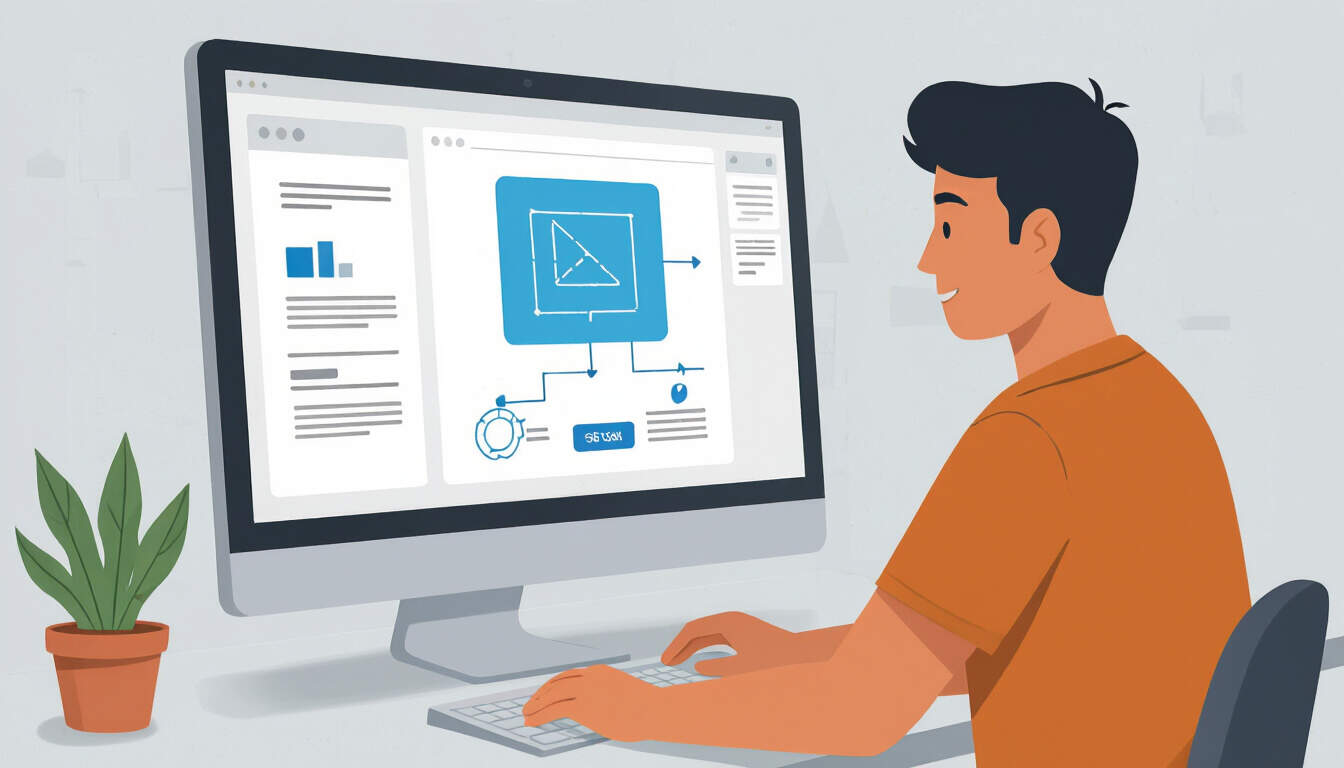Startup Efficiency Hacks Using Zero-Code Tools for MVP Validation
 by Marlene Keeling
by Marlene Keeling
Discover how zero-code tools can streamline MVP validation for startups, allowing entrepreneurs to test ideas quickly and affordably. This article explores practical strategies to build and validate prototypes without coding expertise, saving time and resources for emerging businesses.

Zero-code tools offer a practical way for startups to focus on core ideas without the need for programming skills. These platforms enable rapid development of minimum viable products, or MVPs, which are essential for early testing.
In the early stages of a startup, time and resources are often limited. Using zero-code tools can help address this by allowing creators to build functional prototypes in hours rather than weeks. For instance, entrepreneurs can drag and drop elements to create apps or websites that simulate real user experiences.
One key strategy involves selecting the right MVP validation approach. Begin by defining clear goals for your product. This means identifying the core features that solve a specific problem for your target audience. Once defined, zero-code platforms make it easy to assemble these features into a testable prototype.
Consider the process of gathering user feedback. After building a basic MVP, share it with potential users to collect insights. This step is crucial because it reveals whether your idea meets market needs. Tools that support this often include built-in analytics, helping you track user interactions without extra setup.
Benefits of Zero-Code Approaches
Adopting zero-code methods brings several advantages. First, they reduce costs significantly. Traditional development requires hiring developers, which can be expensive for new ventures. In contrast, zero-code tools often have free tiers or low subscription fees, making them accessible.
Speed is another major benefit. With zero-code tools, iterations happen quickly. If feedback indicates a change, you can modify the prototype and redeploy it almost immediately. This agility keeps your startup moving forward without delays.
Additionally, these tools democratize innovation. Product managers without technical backgrounds can take the lead on projects. This inclusivity fosters creativity and allows more people to contribute to idea validation.
Step-by-Step Strategies for Implementation
To get started, follow these straightforward steps:
- Choose a suitable platform: Look for tools that match your project type, such as web apps or mobile interfaces.
- Sketch your MVP: Outline the essential functions on paper or a simple digital tool before building.
- Build and test: Use the platform's interface to create your prototype and run initial tests.
- Gather data: Share the MVP with a small group and analyze responses to refine your concept.
- Iterate based on insights: Make adjustments and repeat the testing process as needed.
Each step emphasizes efficiency, ensuring that startups can validate ideas with minimal waste.
Real-world applications show the impact of these strategies. For example, a health tech startup used zero-code tools to create a simple app for tracking daily wellness. By validating the app with users first, they confirmed demand before investing in full development. This approach not only saved money but also led to a more refined final product.
Overcoming Common Challenges
While zero-code tools are helpful, challenges may arise. Limitations in customization can occur, as these platforms prioritize ease over advanced features. To handle this, focus on what is necessary for validation rather than perfection.
Another issue is learning the tools themselves. Many platforms offer tutorials and community support, which can ease the onboarding process. Dedicate time to these resources to build confidence quickly.
In summary, integrating zero-code tools into your workflow transforms how startups approach MVP validation. By prioritizing practical strategies, you can achieve meaningful progress and build a strong foundation for your business.
The motivational aspect lies in the empowerment these tools provide. Entrepreneurs gain the ability to turn ideas into reality swiftly, fostering a sense of accomplishment and forward momentum. As you apply these hacks, remember that validation is about learning and adapting, paving the way for sustainable growth.
